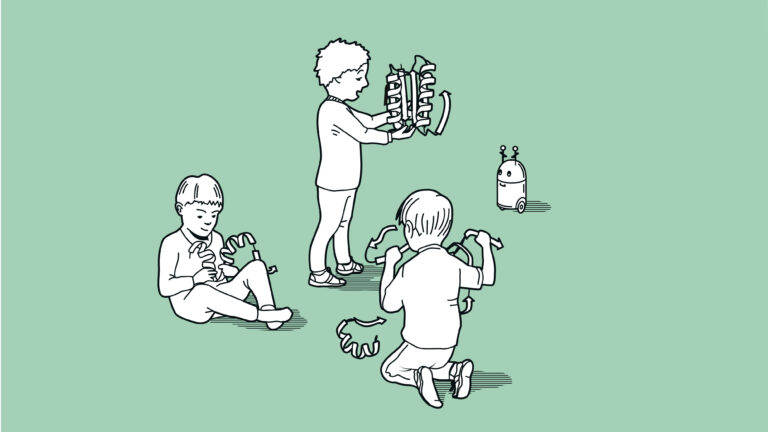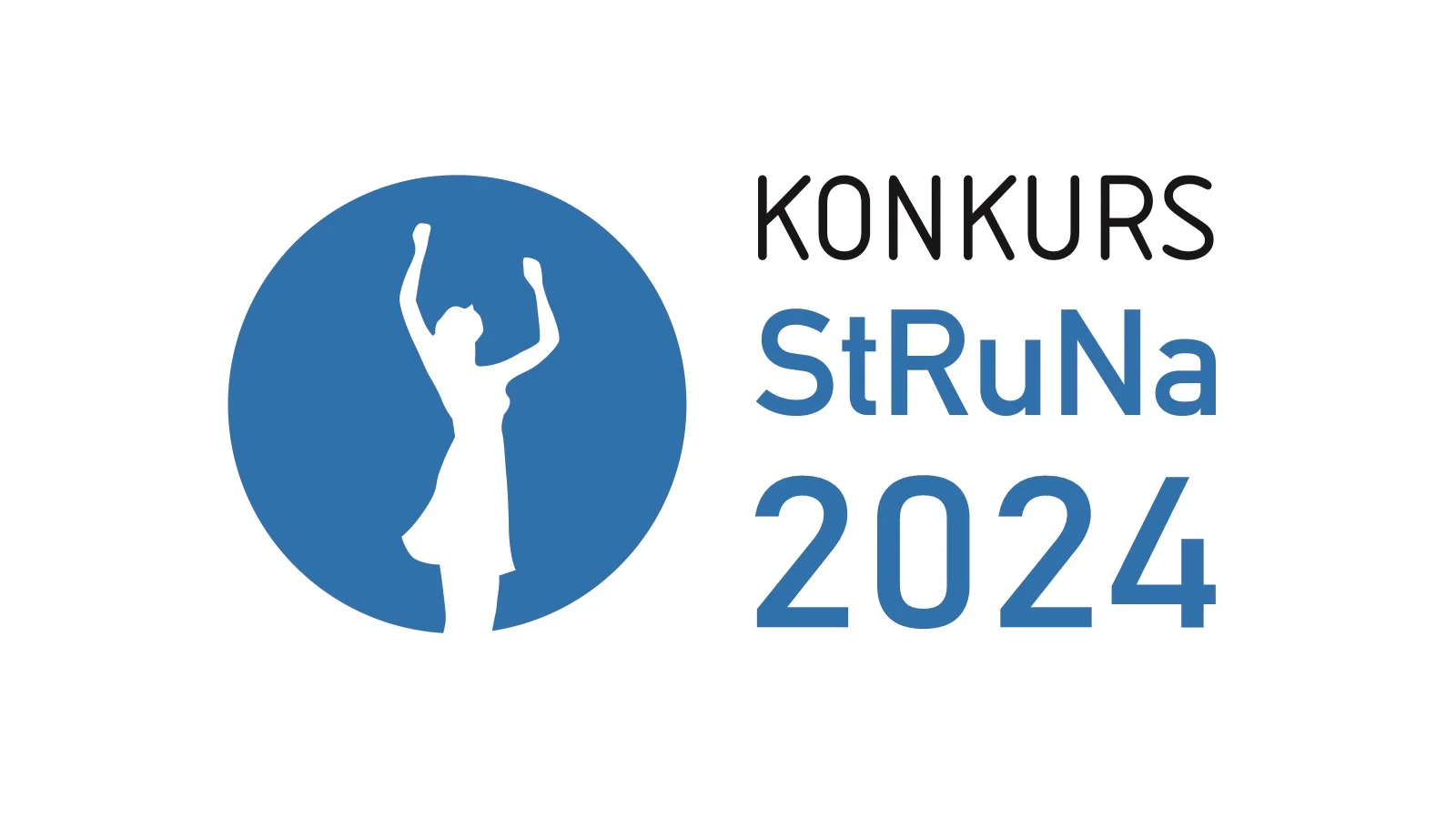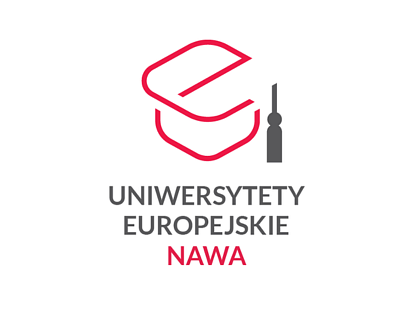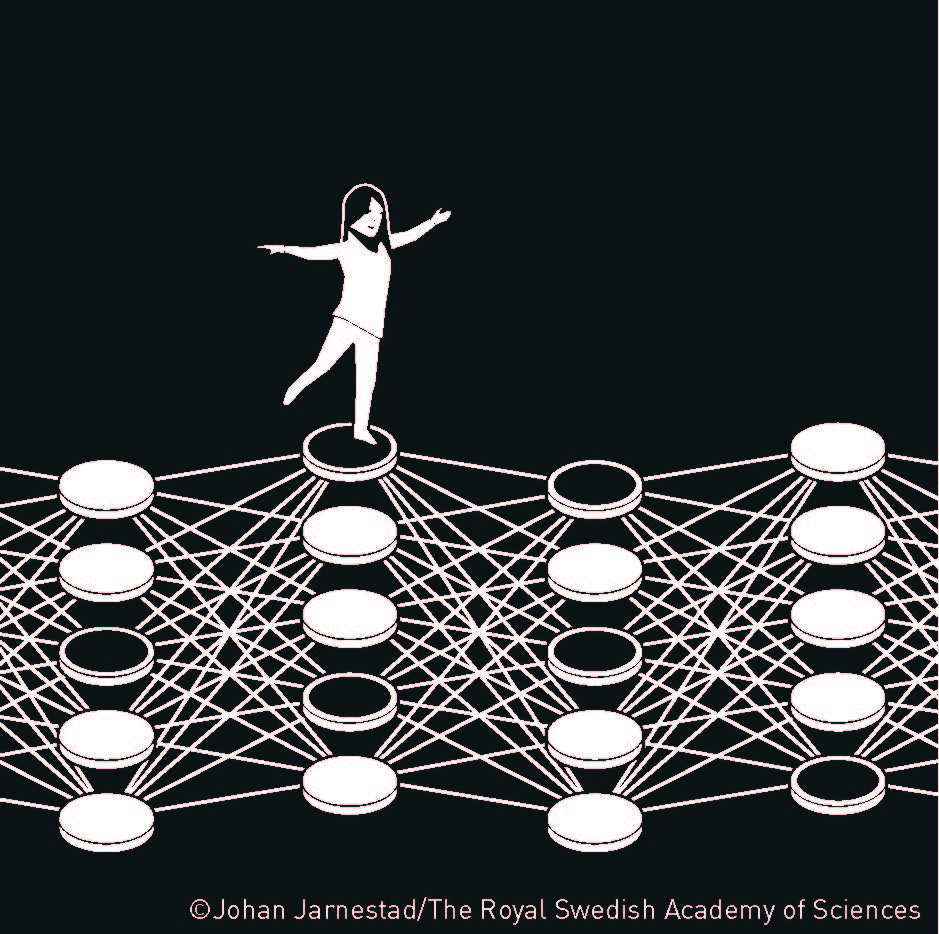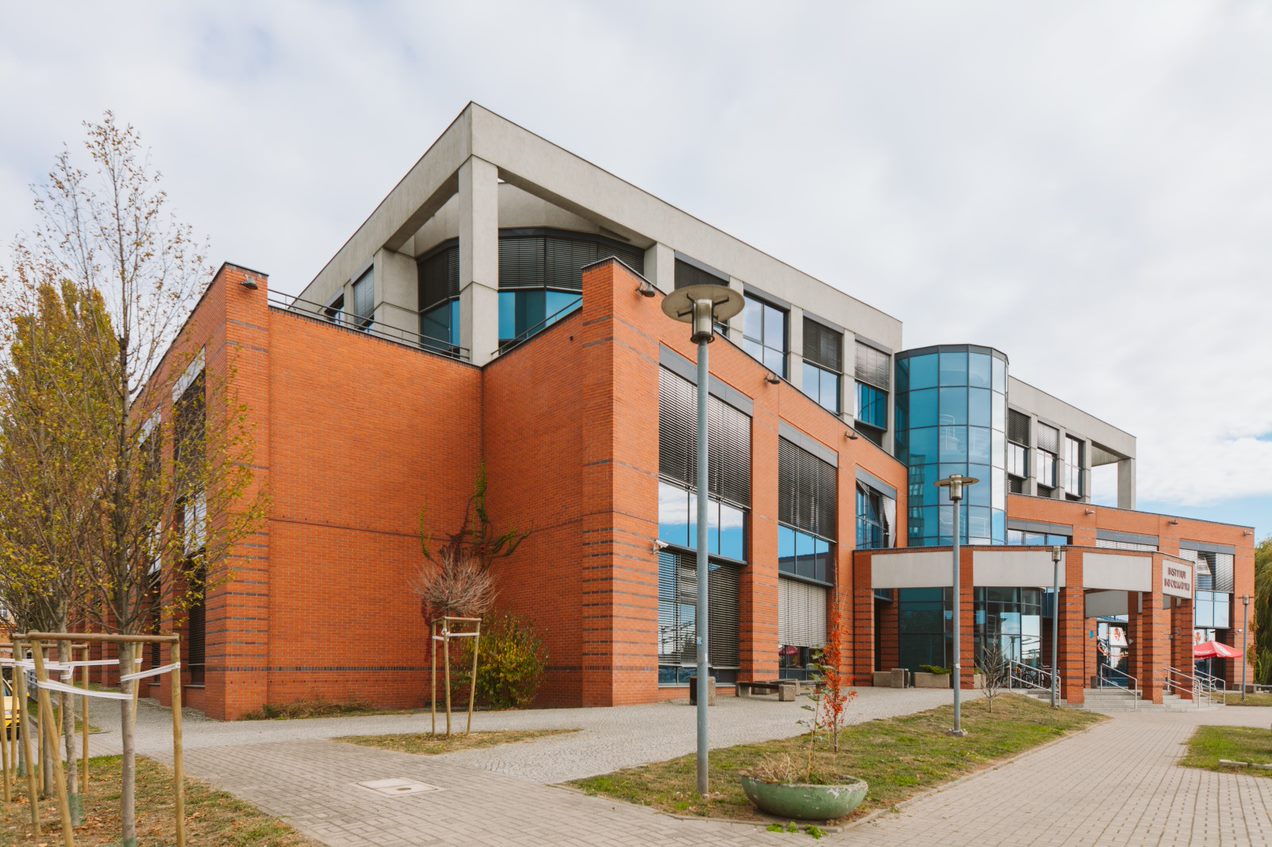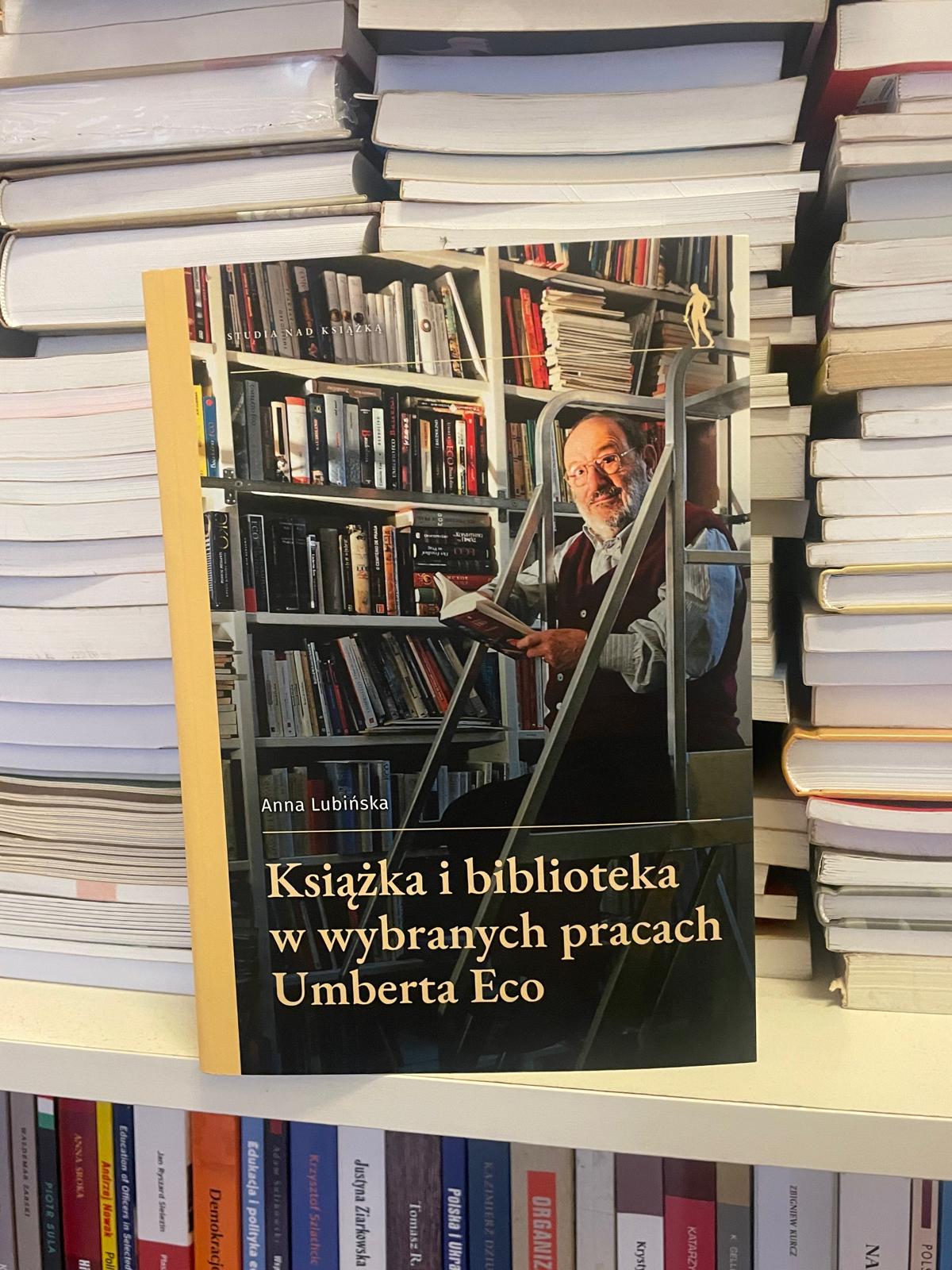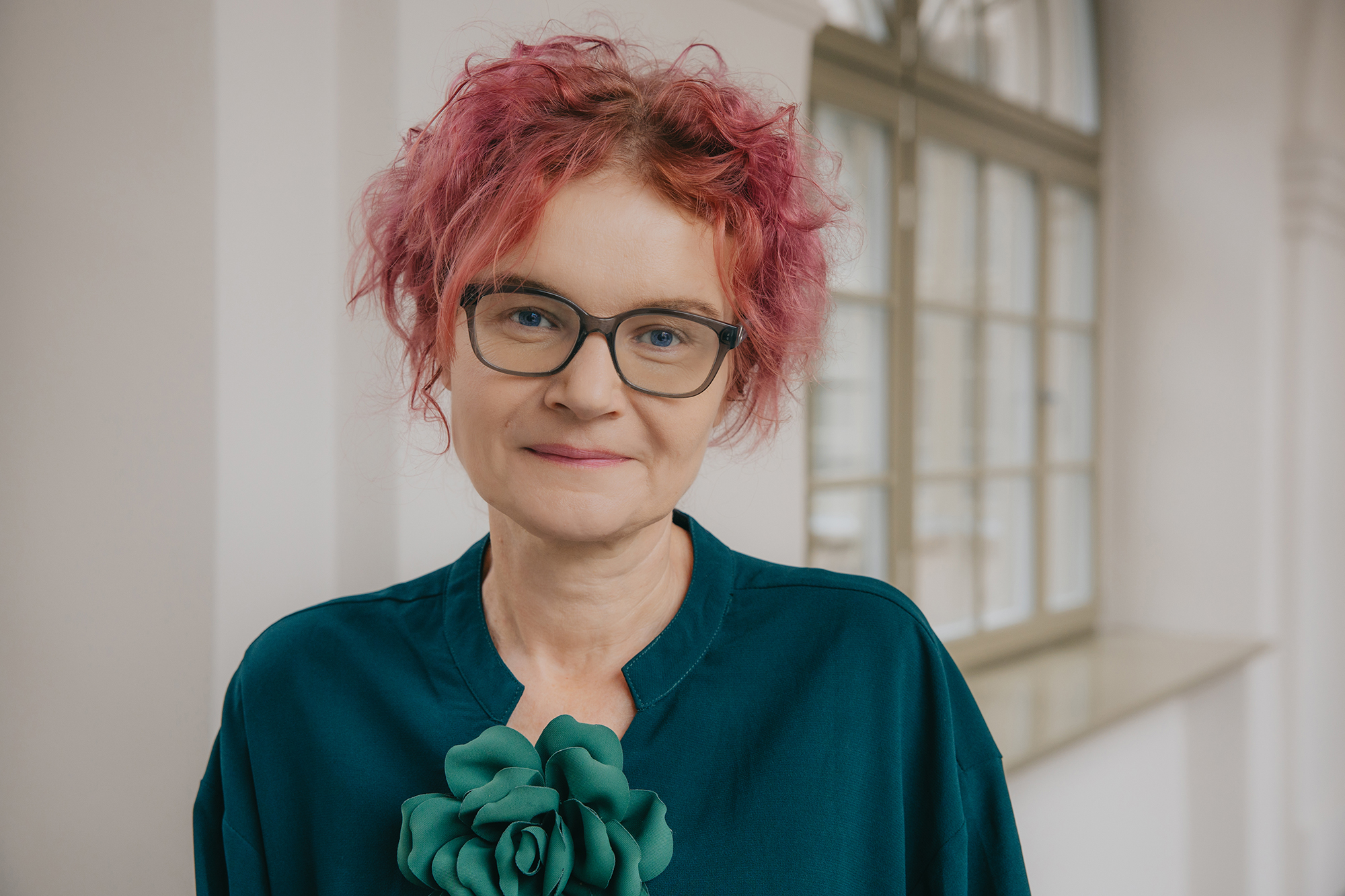News
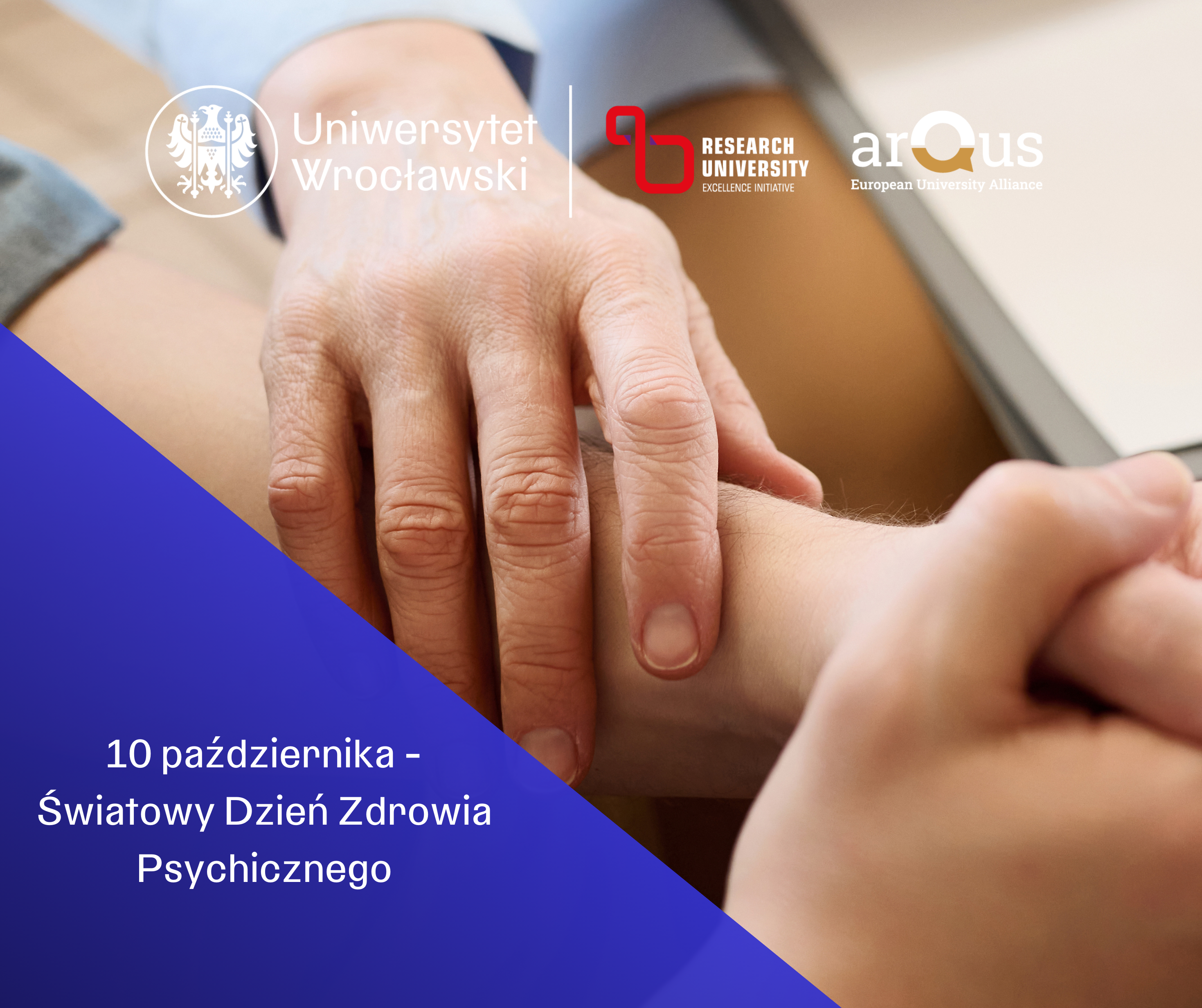
Mental health promotion at the University of Wrocław is a task aimed at strengthening mental health, processes supporting the maintenance of good health and creating conditions conducive to health. It is also a process that enables people to increase control over their own health and to improve it, to actively improve their health and not only to defend themselves against illness or disorder.
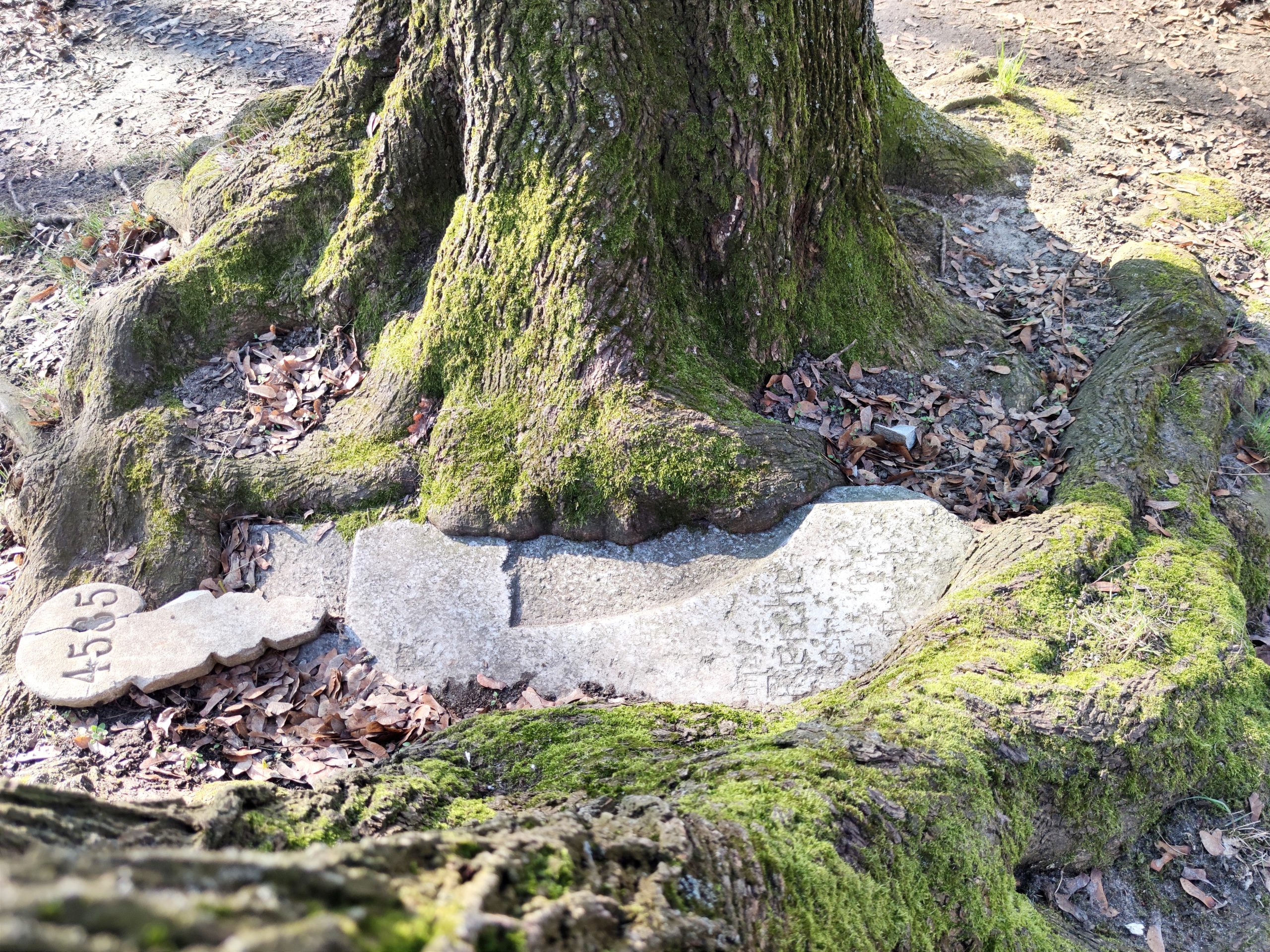
The Breslau botanist and teacher Theodor Schube (1860-1934) was not an office researcher. For 40 years he covered more than 120,000 kilometres by bicycle and on foot. Very successfully. In 1904 he published the monumental ‘Flora von Schlesien preussischen und österreichischen Anteils’ in the distinguished Korn publishing house, and two years later the ‘Book of Silesian Forests’. I walked and cycled (also by bicycle) in his footsteps to see with my own eyes the oldest, thickest and most valuable trees of the region, and above all to describe their significance in culture and collective memory. I call this dendrochronology .
On 8 October, the Committee of the Royal Swedish Academy of Sciences announced the winners of the Nobel Prize in […]
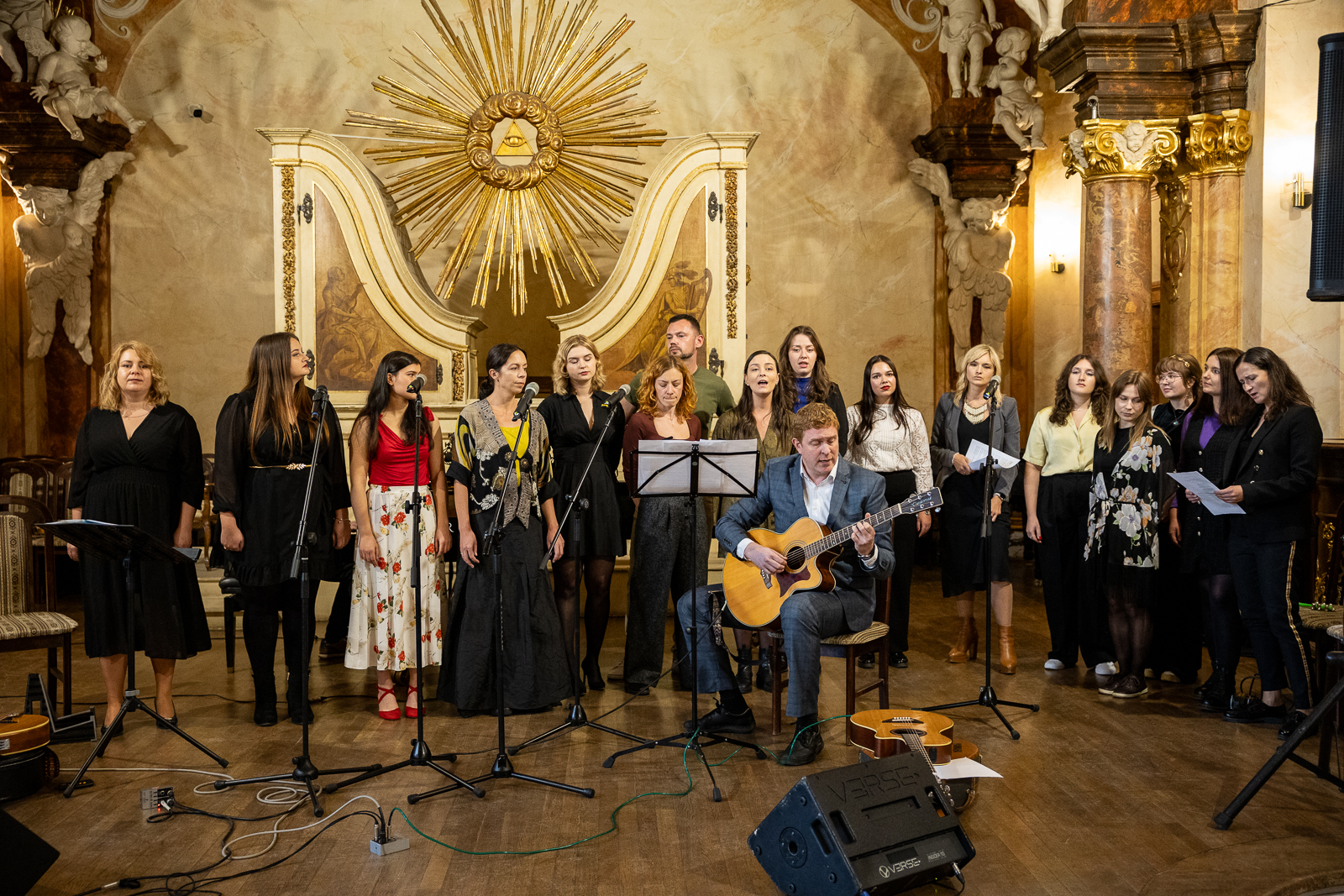
The fourth edition of the Melodies of Three Generations concert, which took place on 6 October at the Oratorium Marianum, is behind us. The event was organised by the Institute of Slavic Studies, the Centre for Culture and the Arts in Wrocław – a cultural institution of the Lower Silesian Provincial Government, the UWr Centre for Student and Doctoral Activities and the UWr International Cooperation Office.
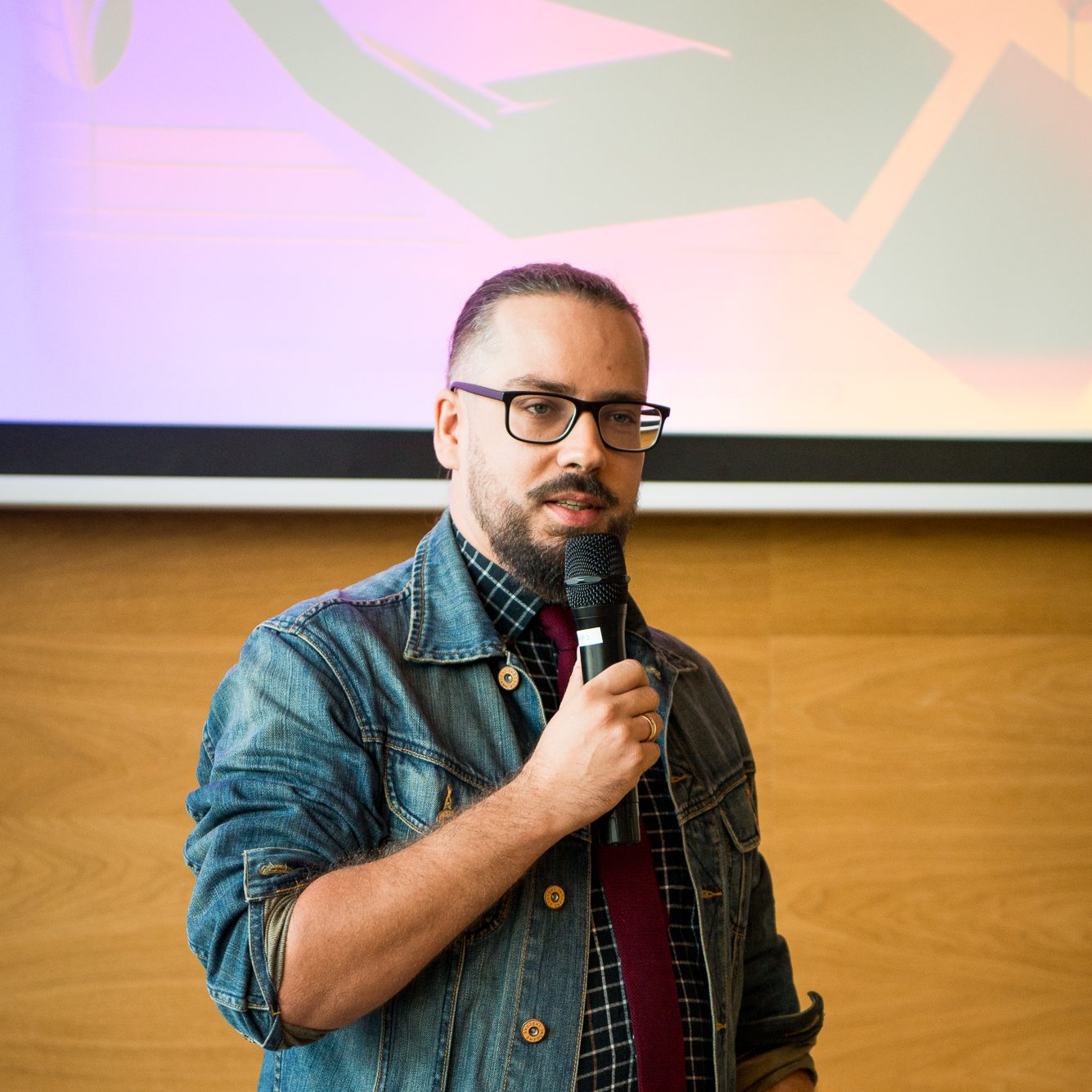
Dr Jan B. Klakla from the Centre for Legal Education and Social Theory at the University of Wrocław and the Centre for Social and Economic Research (CASE) in Warsaw was awarded the main prize in the competition for the best doctoral thesis in legal theory and philosophy organised by the Association for Philosophy of Law and
Social Philosophy – Polish Section IVR.

Did you know that at the University of Wrocław we give special recognition to finalists and laureates of Olympiads and those who have passed their matriculation exams very well and got into our university with excellent results? We have a Young Researcher 2020-2025 scholarship for the top 100 candidates! As much as PLN 1 million to be distributed already in the first year of studies – within the framework of the ‘Initiative of Excellence – Research University’ (IDUB) programme!

The winner of Poland’s most important literary award is not only a graduate, but also holds an honorary doctorate from the University of Wrocław. The award-winning novelist also graduated with a degree in Polish studies from the building at pl. Nankiera. She was also a doctoral student in Polish studies.
fot. Dominika Hull-Bruska Joanna Helios, a PhD in Legal Sciences, is a professor at the University of Wrocław and a […]




